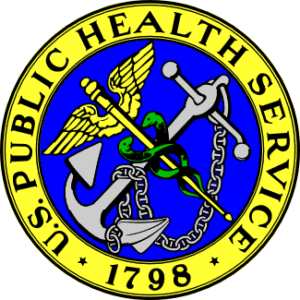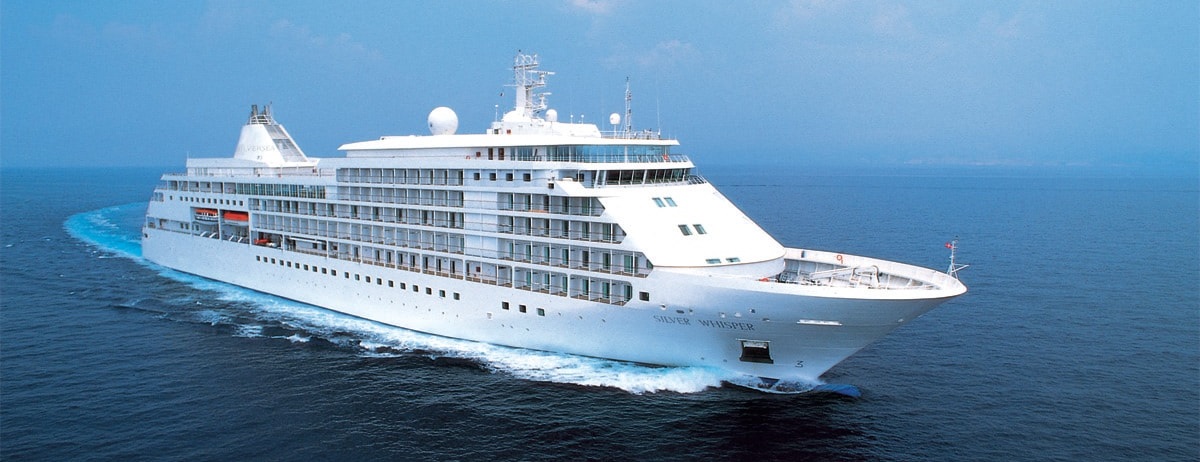 The following rules apply to all Cruise Ship in all Cruise areas. They comply with the USPHS Operations Manual, and all European Sanitation protocols.
The following rules apply to all Cruise Ship in all Cruise areas. They comply with the USPHS Operations Manual, and all European Sanitation protocols.
1- SAFE HANDLING FOOD & BEVERAGE
a.Use plastic disposable gloves when handling any cooked or ‘ready to eat’ food.
b. Always wear a clean hat and clean uniform when in a food handling area.
c. Never smoke in or near a food or beverage handling or dispensing area.
d. Never eat or drink in food or beverage handling or dispensing area.
2 ALWAYS USE THE 3-BUCKET SYSTEM FOR CLEANING
a. WASH – with soap and water in the RED bucket with water as hot as your hands can tolerate
b. RINSE – with warm clear water in the GREY bucket.
c. SANITIZE – with chlorine in cool water in the WHITE bucket (100ppm = 1 cap of chlorine/bucket – use test strips)
d. NEVER use WASH-RINSE-SANITIZE buckets for any other purpose.
3 ALWAYS CHECK AND MAINTAIN CORRECT FOOD TEMPERATURES
a. ALWAYS use a hygienically clean food thermometer –use alcohol wipes to clean thermometers.
b. NO food (cooked or raw) may be served or used at more than 5 C (41 F) or no less than 61 C (141 F)
c. Fish, meat, soups, vegetables, pasta, sauces and sausages must be at least 75C (165 F)
d. Hot chicken, ham, eggs (scrambled, omelet, fried etc) must never be less than 75 C (165 F)
e. Pork must never be served at lees than 71 C (160 F)
f. Refrigerator temperatures must ALWAYS be at 4 C (40 F) or lower.
4 STORAGE OF FOOD IN REFRIGERATORS
a. Cooked and raw food must be kept in either in separate refrigerators on in Safe Storage order
b. If there is one refrigerators, cooked food must be stored on the upper shelves. Raw food on lower shelves.
c. EVERY container of food in refrigerators must be covered in airtight plastic containers or plastic covering.
5 SEPARATION
Clean dishes, utensils, silverware etc, must NEVER be in the same place as dirty ones. Always separate.
6 LABELING
a.ALL cleaning chemicals must be clearly labeled and color or number coded.
b.EVERY container in EVERY refrigerator and other storage area must be clearly labeled with contents, date and time placed and expiry date seven days from the day it was placed into the refrigerator or other storage area.
7 TRANSPORTING FOOD BETWEEN GALLEY AND SERVING OR PRESENTATION AREAS
a. ALL food that is being transported MUST be covered.
b. Food and beverages must NEVER be transported in elevators or areas designated to transport garbage.
c. Food must NEVER leave the provision area or presented in containers made of cardboard or wood.
d. Food containers must ALWAYS be at least 15cm (6 inches) off the deck or floor.
8 PERSONAL HYGIENE – WASH HANDS ALWAYS FOR 20 SECONDS
a. Wash hands EVERY time you enter or leave a food or beverage preparation area.
b. Wash hands after touching dirty dishes and before handling clean ones.
c. NEVER use a hand-wash sink for any other purpose.
d. ALWAYS keep plenty of disposable towels and hand soap in food and beverage handling areas. Always dispose of paper towels properly in the designated paper towel waste bin.
e. AVOID coughing or sneezing in food preparation areas. If this happens, leave the area and wash your hands.
f. NEVER touch your face or hair or any exposed part of your body in food or beverage handling areas. If you must, leave the area and wash your hands before returning.
9 NO ILLEGAL OR DANGEROUS PRACTICES
a. NEVER take any utensils, plates, glasses, equipment or food to your cabin.
b. NEVER store any equipment in an area used for something different.
c. NEVER store toxic material (like brass or silver cleaner, insecticide, air fresheners) with other cleaning products.
10 CLEANING CLOTHS – ONLY USE THE CORRECT ONES
a. NEVER use towels, dishcloths, or any non-designated cloths for cleaning or polishing surfaces.
b. Only use clean cloths to Rinse and Sanitize. Sponge may be used for washing.

